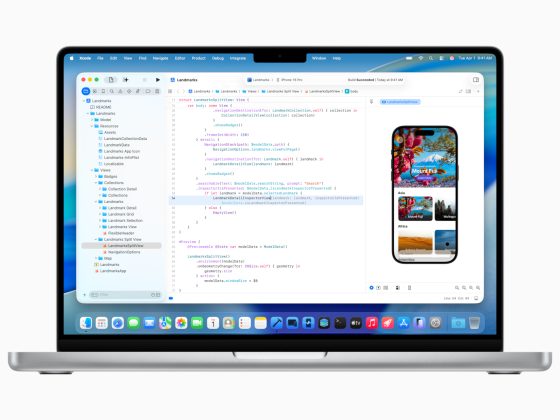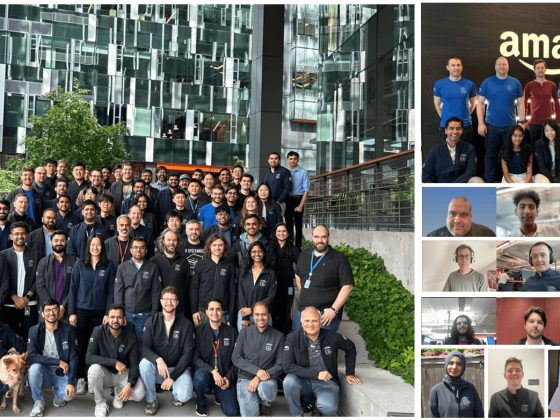In today’s modern development world, a microservices-based architecture is a go-to pattern for developing applications that are independent, flexible, modular, and language-neutral, and offers significant agility benefits over a monolithic architecture. A great example of an organization that has made this transition is L.L.Bean, where its legacy on-premises system had been constraining the company’s ability to be innovative and responsive. This led to a company-wide effort to modernize with Google Kubernetes Engine (GKE) and a microservices architecture. With this approach, L.L.Bean streamlined the process of upgrading nodes and delivered cross-channel services faster by cutting feature release cycles.
From our partners:
How API management and service mesh simplify a microservices architecture
Adding a service mesh into a microservices-based application allows network and service operators to improve reliability, increase security and compliance, and spend less time managing the environment. Just as Kubernetes helps with container orchestration, a service mesh helps to standardize complex network functions within the services. A service mesh provides deep visibility into service-to-service transactions, and simplifies and manages security controls like authentication, authorization and encryption.
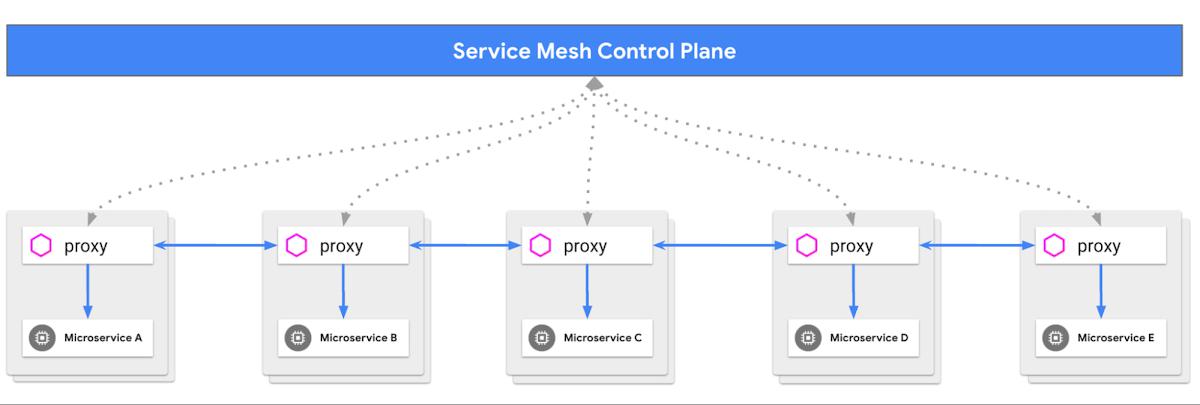
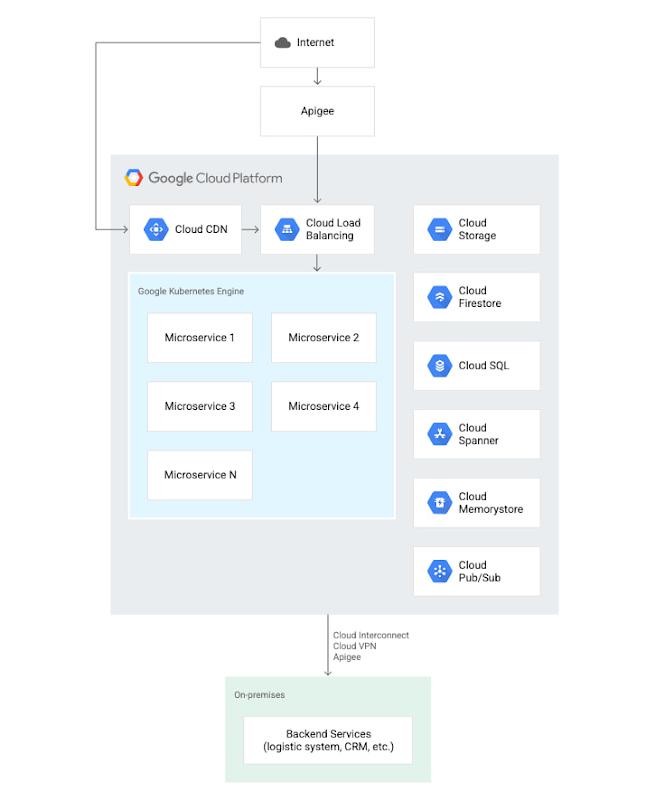
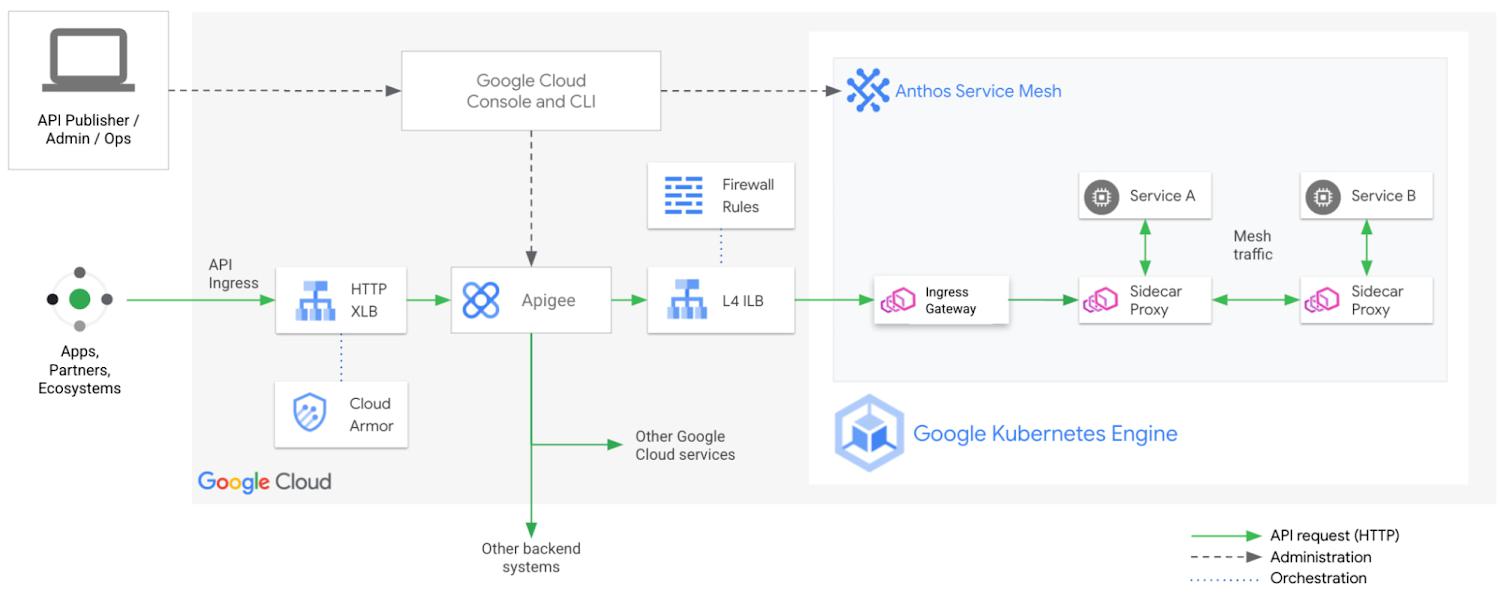
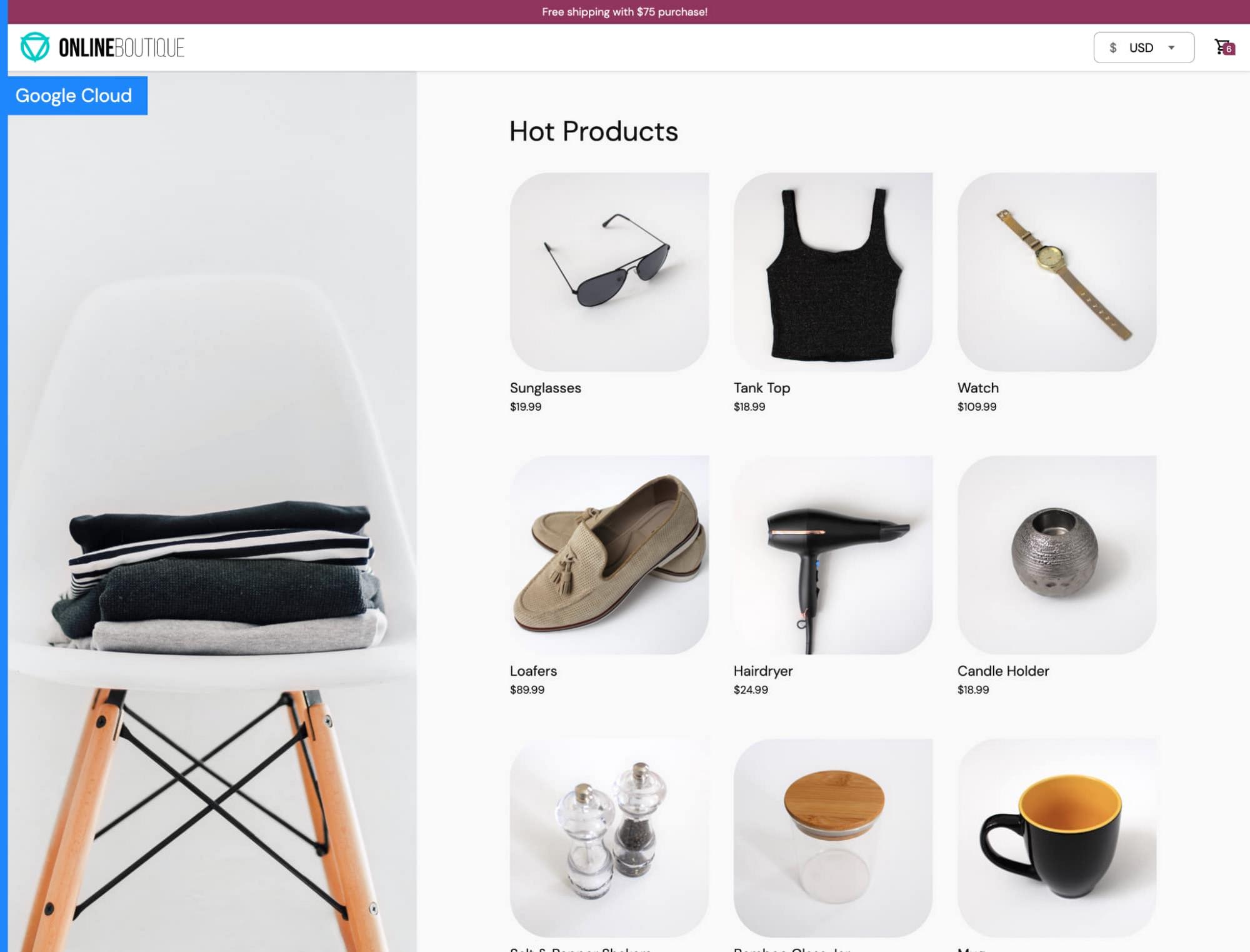
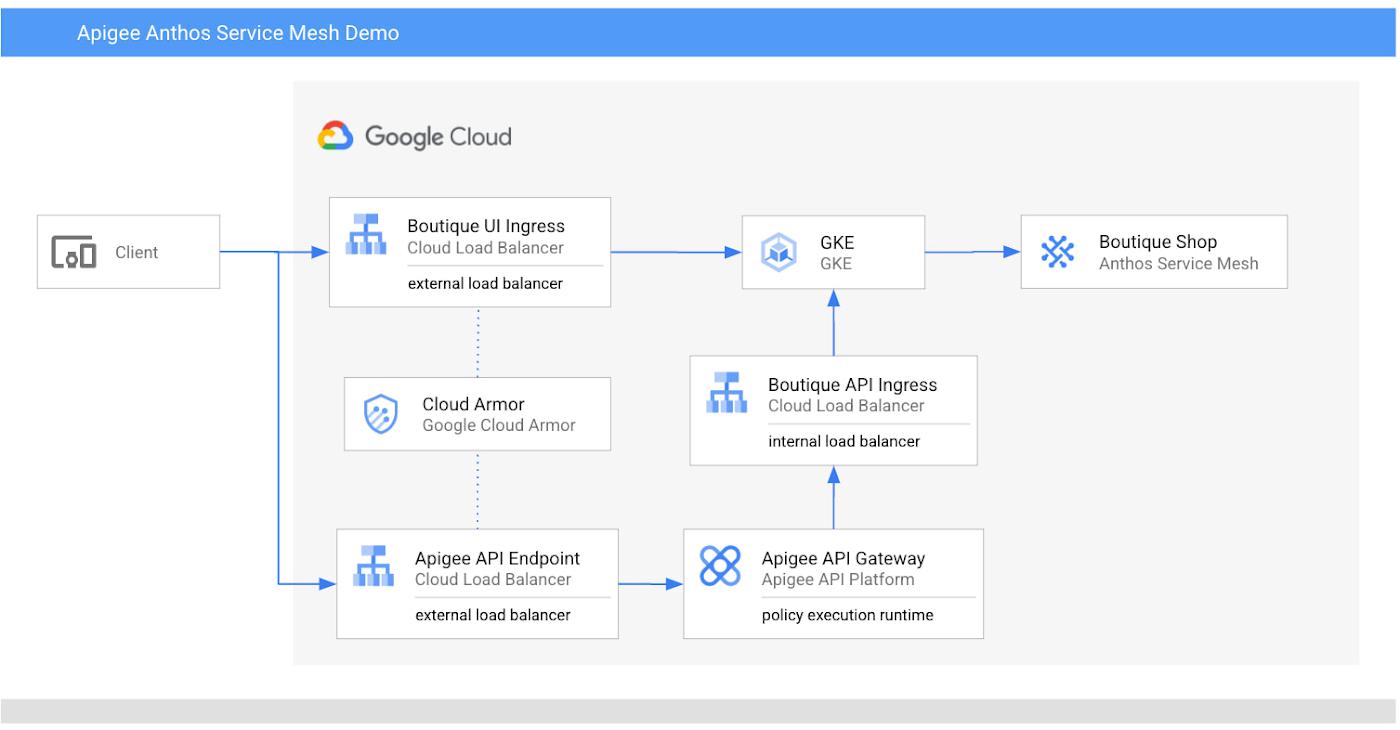
Better together: API management + service mesh
Both APIs and microservices are critical to application modernization. By adopting API management and service mesh solutions together, IT teams can standardize their microservices and gain visibility into their operations with full lifecycle management and performance analytics for their APIs.
Google Cloud’s Apigee and Anthos Service Mesh work together to enable organizations to reduce microservices complexity and increase their consumption, securely extending those services to internal as well as external developers.
Wherever you are on your application modernization journey, Google Cloud can help. To learn more about the benefits of deploying service management and API management together, read this whitepaper.
To get started with Apigee, go to the Google Cloud console or try it for free here.
By: Sai Saran Vaidyanathan (Technical Solutions Consultant, Google Cloud) and Ruslan Mursalzade (Product Marketing Manager, Apigee)
Source: Google Cloud Blog
For enquiries, product placements, sponsorships, and collaborations, connect with us at [email protected]. We'd love to hear from you!
Our humans need coffee too! Your support is highly appreciated, thank you!

